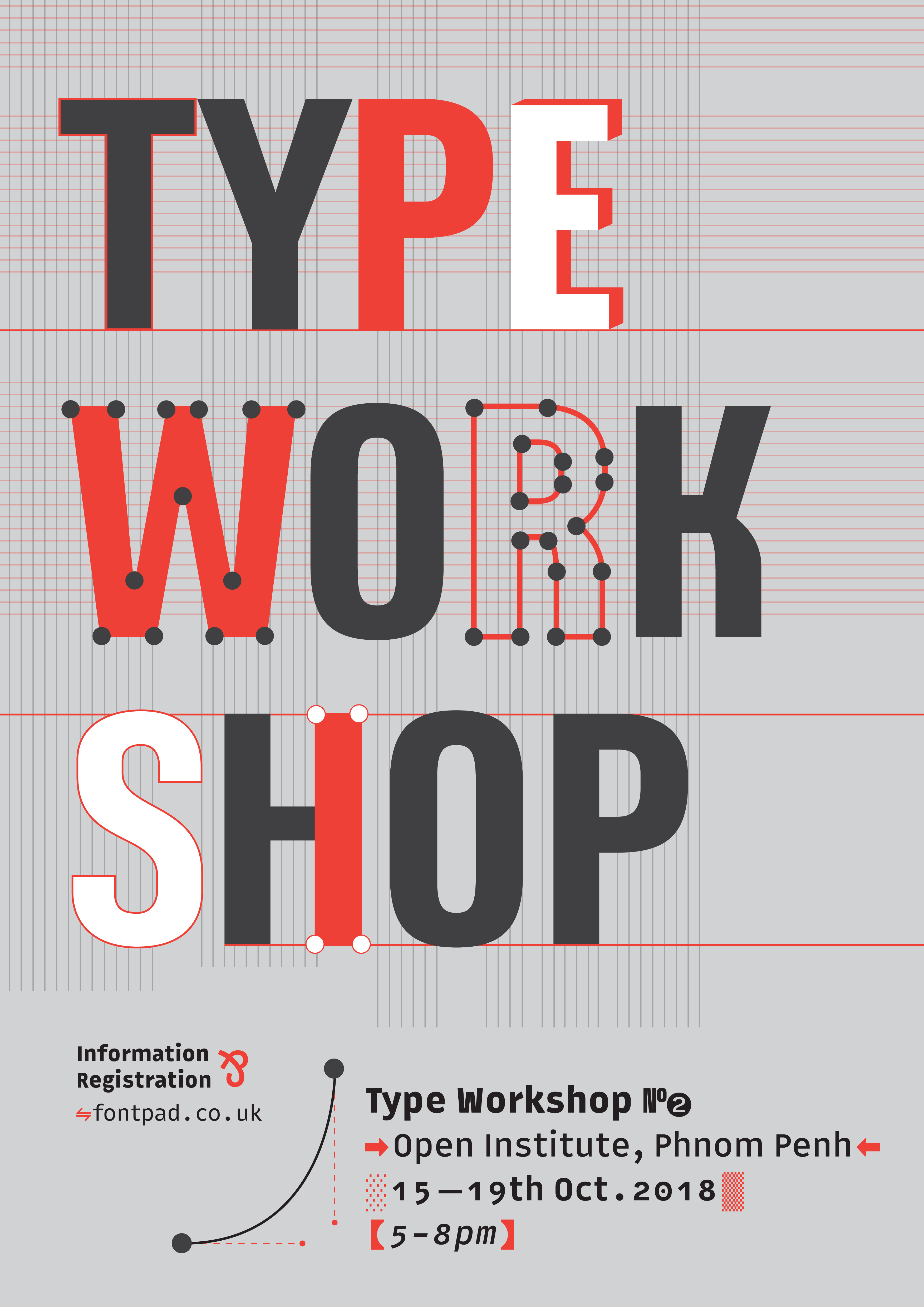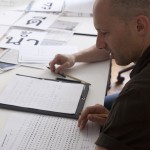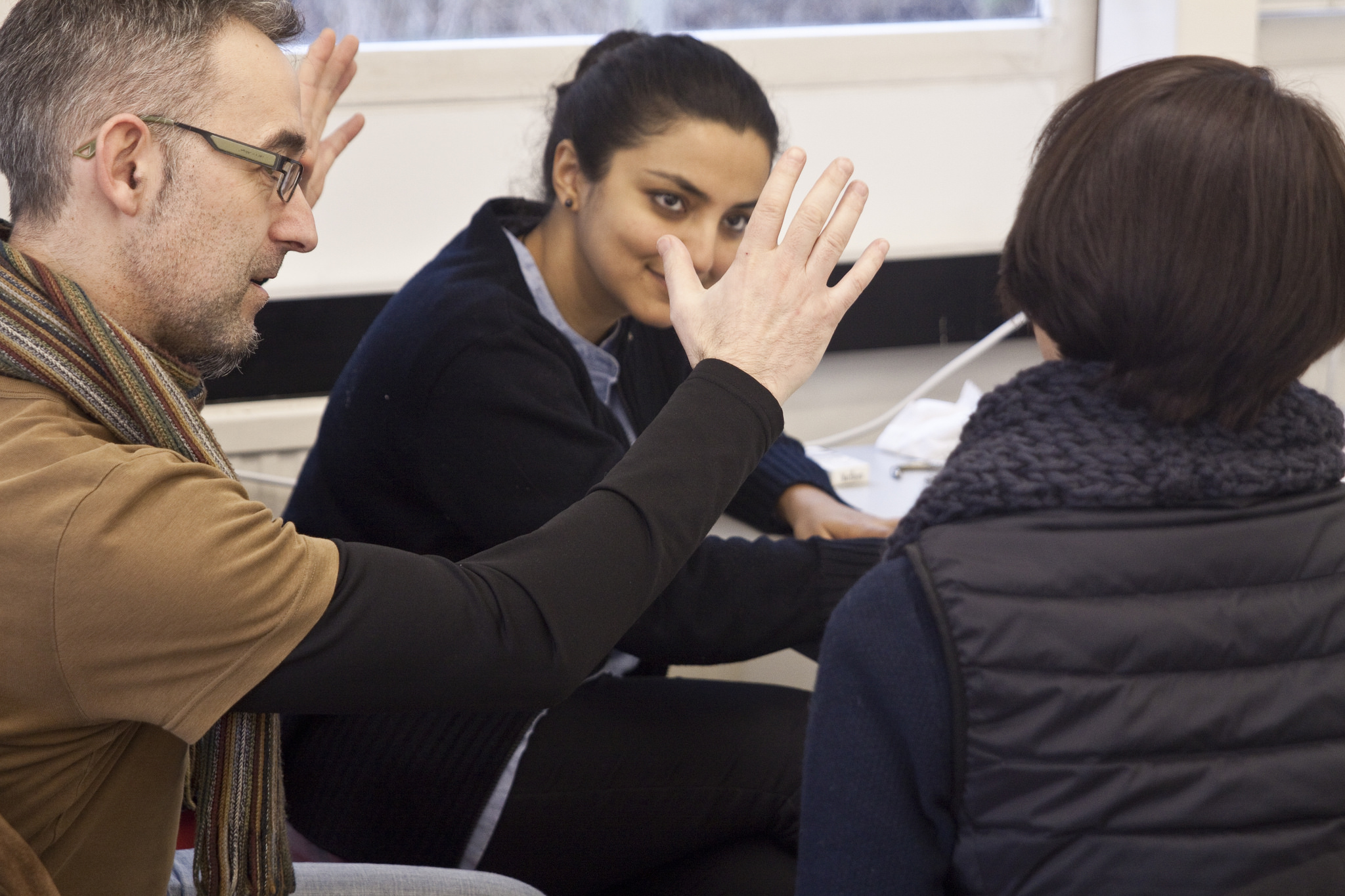Come and learn what to do and how, what not to do and even how what not to do, plus all the rest with our little team of font fanatics. This year, we’ll be covering Khmer and Javanese with all the resources you need to get started on these scripts. Running Monday 7th to Thursday 10th October at the TCDC Chiang Mai, the workshop takes place the same week as the BITS conference, so participants can combine both in a single trip. Continue reading
Tag Archives: workshop
Phnom Penh Type Workshop II

This October we are happy to return to Phnom Penh for our second annual type workshop! Join us to learn the first steps in creating your own digital font, from your first sketches to digitising your outlines. For more info and to register for FREE, please click here. With kind thanks to the Open Institute, Phnom Penh for their support.
Southeast Asian Font Workshop 2018
Come and learn what to do and how, what not to do and even how what not to do, plus all the rest with our little team of font fanatics. We’ll be covering Thai, Lao, Burmese and Khmer with all the resources you need to get started on these scripts. And did we mention it’s by the beach in Hua Hin, Thailand? Continue reading
Thai workshop, Granshan 2014
Gallery

At this year’s Granshan Conference in Munich, I facilitated a workshop about designing Thai typefaces. We started with an introduction to the alphabet and how the letters combine to produce syllables, then went onto a matching exercise to teach participant … Continue reading
Workshop: introduction to typeface design
Gallery

Back in May I enjoyed teaching a super-fast introduction to type design for Communication Design (CommDe) students at Bangkok’s Chulalungkorn University. Students had no previous experience of type design, so we had to scramble through different letter drawing tools, install … Continue reading
Branding types workshop, Reading
Along with my good friend Julian Moncada, we held a 4-day workshop for students of Reading’s MATD programme. Students worked on team projects to create a system of typefaces for fictional clients. We gave them some background info on each client, and set out what the typefaces would be used for. It was then up to the teams to decide on the creative direction, the number of typefaces needed, and the allocation of work among themselves. Continue reading
